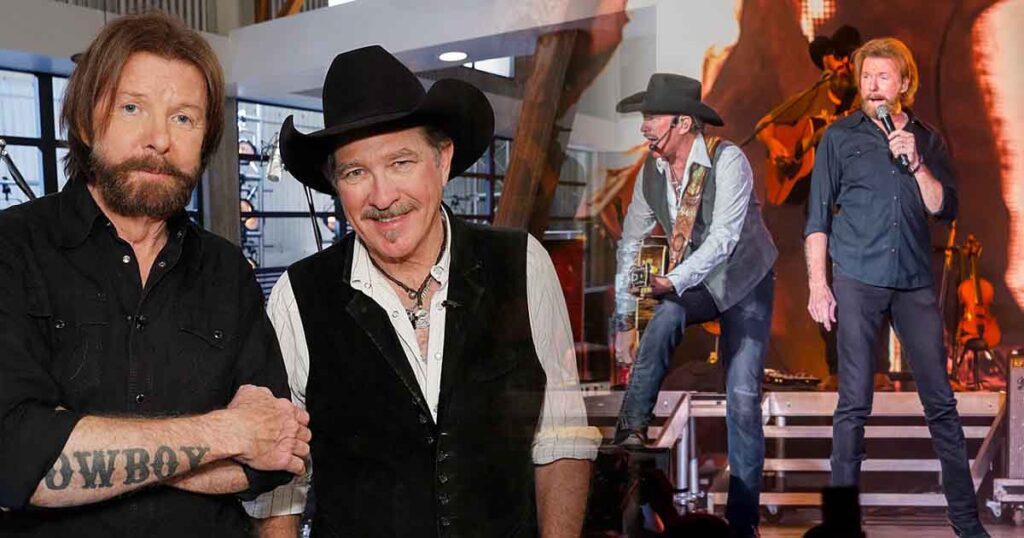
Faith, Loss, and the Unseen Ties That Bind the Living to the Departed
When Brooks & Dunn released “Believe” in 2005 as the second single from their album Hillbilly Deluxe, the song marked a striking departure from their typical honky-tonk anthems and boot-scootin’ ballads. Climbing to No. 8 on the Billboard Hot Country Songs chart, “Believe” resonated deeply with audiences and critics alike, ultimately earning the duo both the Country Music Association’s Single of the Year and Music Video of the Year awards in 2006. The track stands as one of the most poignant and spiritually resonant compositions in modern country music—a quiet testimony to faith, loss, and the enduring presence of those who have gone before us.
Penned by songwriters Ronnie Dunn and Craig Wiseman, “Believe” unfolds like a parable. At its heart lies Old Man Wrigley, a neighbor who becomes a sage-like figure for the young narrator. Through their conversations, we witness a deepening relationship built not on spectacle but on shared silence and enduring questions. The old man speaks of his lost wife and son with a quiet conviction that they are not gone, merely elsewhere. This spiritual certainty becomes a cornerstone of the song’s emotional architecture—a belief not grounded in doctrine but in love that refuses to fade.
The brilliance of “Believe” lies in its lyrical economy and emotional precision. Each verse builds slowly, layering memory with metaphysical inquiry. The narrator’s youthful curiosity—tinged with skepticism—gradually gives way to reverence as he begins to understand Wrigley’s faith not as blind adherence, but as an act of profound emotional survival. “I can’t quote the book,” Wrigley says, “the chapter or the verse… but I know it’s real.” In that humble confession lies the soul of the song: faith as something felt deeply rather than proven logically.
Musically, “Believe” eschews grandeur for restraint. Dunn’s vocal delivery is imbued with aching reverence; he sings not as a preacher but as a mourner seeking solace. Sparse piano chords and subtle string arrangements underscore the gravity of his words, leaving space for listeners to meditate alongside him. The arrangement avoids sentimentality even as it draws tears—a feat few contemporary country songs achieve with such grace.
Though never a chart-topping blockbuster by commercial standards, “Believe” endures precisely because it taps into something eternal. It transcends genre, era, even creed—a rare hymn for those who carry grief like a second skin and still find strength to sing. In revisiting it today, we are reminded that sometimes the most powerful truths are whispered quietly through stories passed from one soul to another—echoes that linger long after the music fades.